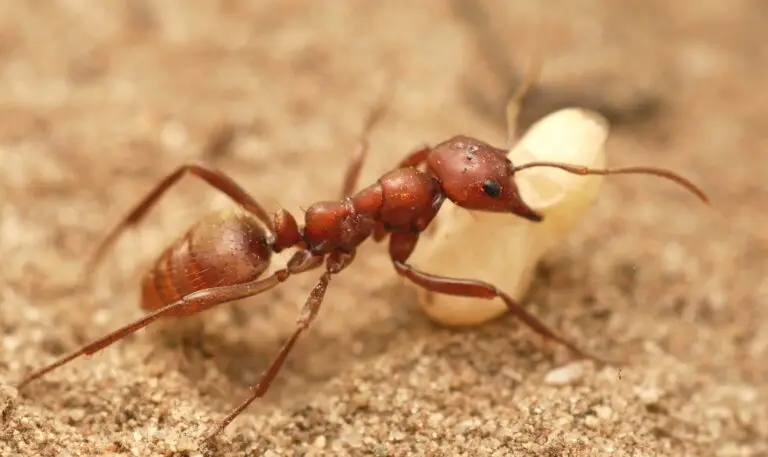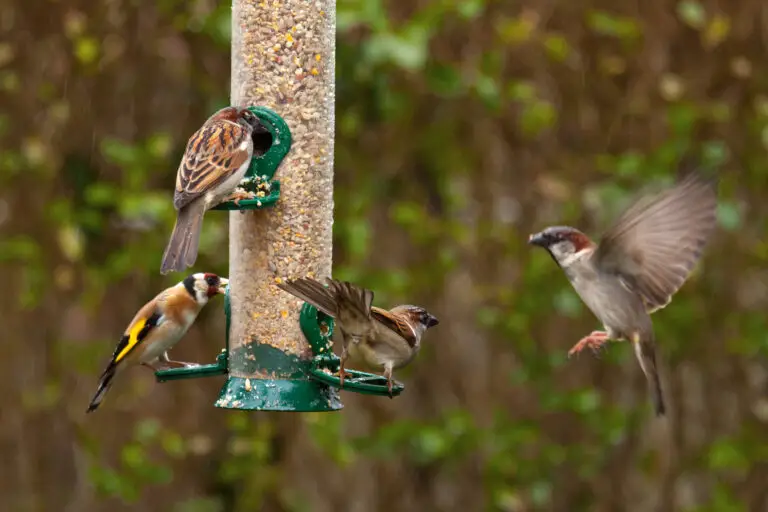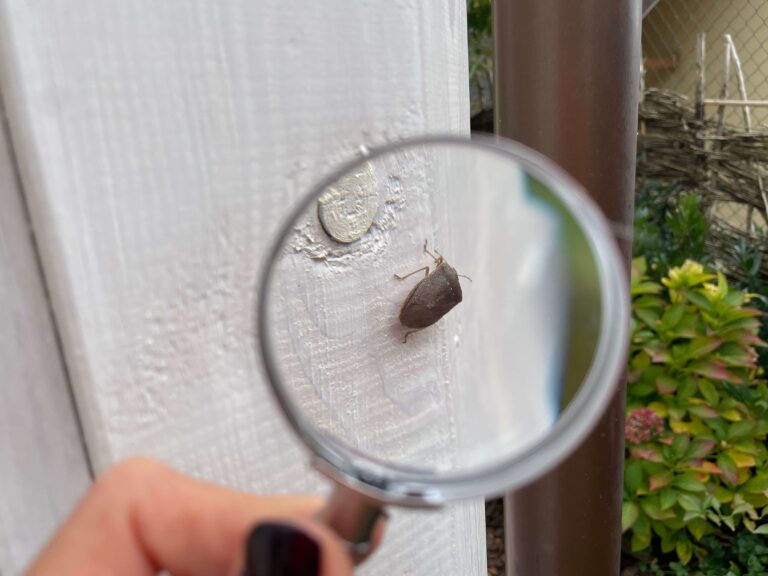
Is Slavery Unique to Humans, or Does Nature Have Its Own Versions?
Years ago, I believed that humans were the only species capable of deep cruelty—that behaviors like slavery, war, and exploitation were exclusive to our kind. But as I learned more about animal behavior, I discovered that many of the traits we often think of as uniquely human—deception, coercion, even forced labor—also exist in the natural world. What surprised me most was finding real examples of what scientists call animal slavery in nature”, where some species exploit others through instinct-driven strategies that mirror our own systems of control. This realization doesn’t diminish the historical and moral weight of human slavery, which remains one of the most devastating injustices in our collective past. Rather, it raised questions for me as a natural-born overthinker of the wild:Are there equivalents to slavery in the animal kingdom? If so, what do they look like—and how do they evolve? Even in daily life, the lines blur. My husband and I often joke that our pets live like royalty while we serve them—feeding, cleaning, and accommodating their every whim. It’s a light-hearted thought, but it got me wondering more seriously:In human-animal relationships, who really serves whom? And what counts as enslavement across species lines? These questions led me to a deep dive into the scientific literature, where I found surprising answers, from slave-making ants to brood-parasitic birds. This article explores those natural phenomena—always with care to separate biological function from moral comparison. If you’re curious about what animal slavery really means, how it evolves, and how it differs from human systems, this literature-based exploration might surprise you. Defining Slavery in Human and Animal Contexts How can

